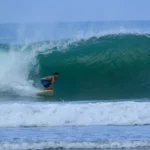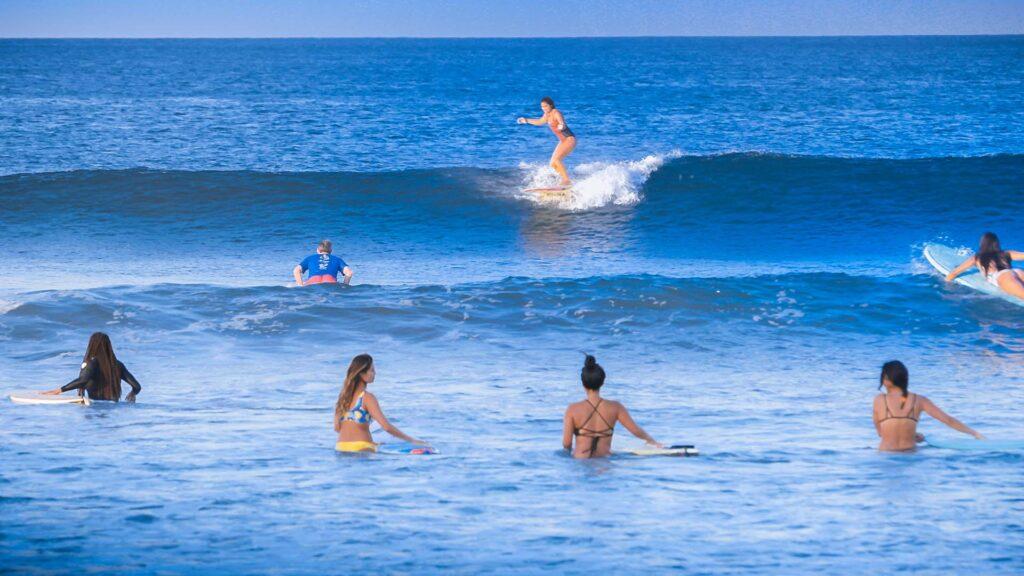
Learning to surf can feel intimidating. Navigating the politics of a surf lineup and understanding its unwritten rules isn’t something that comes naturally to most surfers. Surf etiquette is something that is taught and learned. Surf Etiquette is something that every surfer should take the time to understand, and something every surf school should implement into its teachings. While the unwritten rules of the lineup are often overlooked in surf lessons, we at Safari Surf believe they are vital to surf progression and our student’s safety in the water. If you’re new to surfing, take the time to familiarize yourself with the unwritten rules of the lineup by continuing to read below.
Surf Etiquette Rule #1: Understand Priority
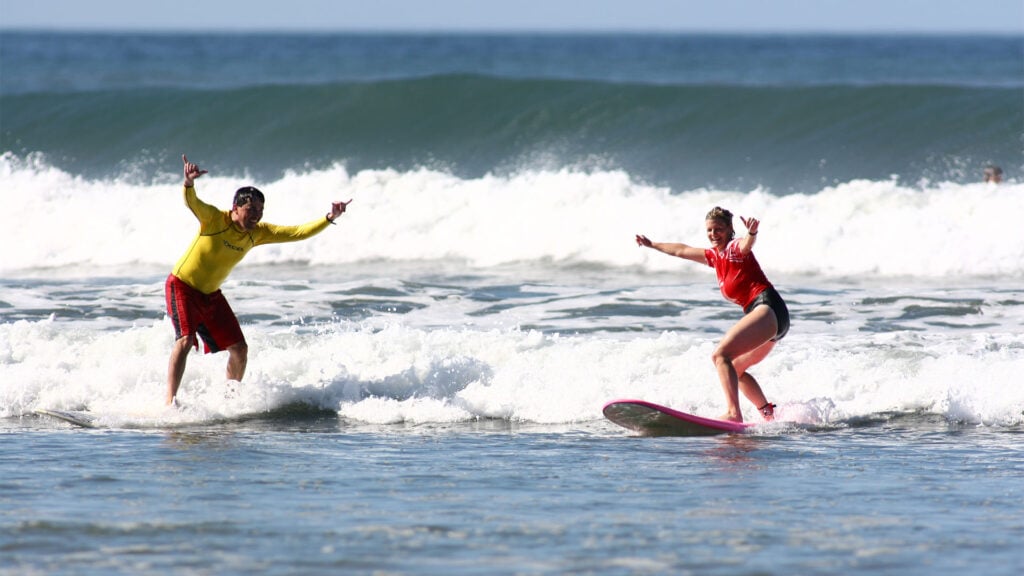
Understanding priority in surf lineups is fundamental to surfing in crowded lineups. Without a priority system, every wave would be flooded with surfers all vying for their chance at a clean ride. Thanks to the system in place, it’s universal that one surfer rides each wave. When vying for position while paddling for a wave, the surfer closest to the peak of the wave has priority. Those outside of the peak, or down the line must yield to the surfer at the peak. If the wave is an a-frame and has both a right and a left, surfers closest to the peak may split the peak.
Always Be Aware of Your Equipment
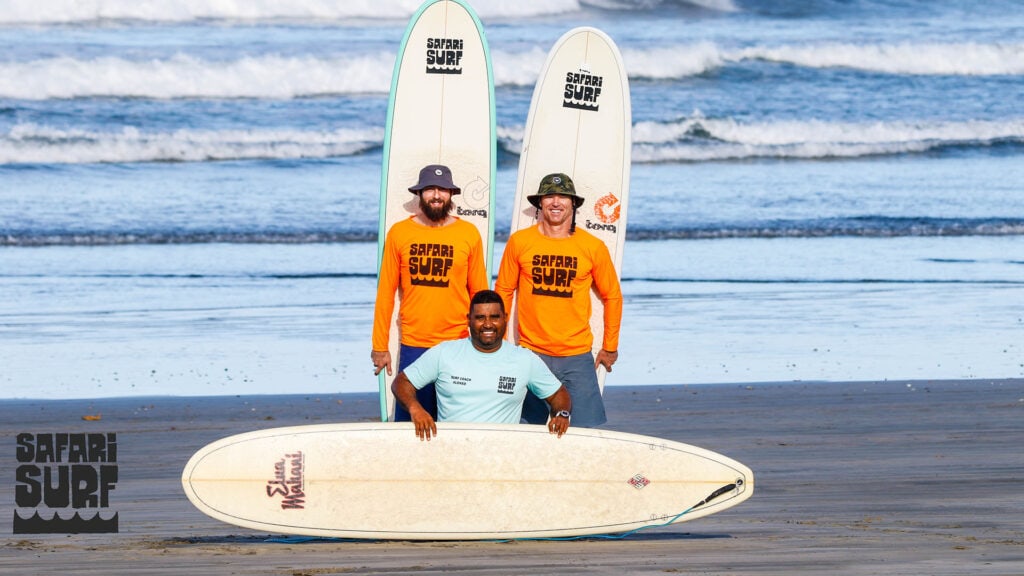
While the ocean may feel dangerous at times, the most dangerous thing in any given surf lineup is the other surfers and their surfboards. Proper surf etiquette dictates that surfers must always be mindful of their boards. Being mindful of your board means not ditching your board in a crowded lineup when an incoming set approaches or kicking out of a wave and launching your board in the air. Do your best to stay in control when duck diving, turtle rolling, and kicking out of waves.
Don’t Snake/ Back Paddle

Having the inside track to the peak of the wave guarantees you priority, but snaking/backpaddling someone to get there is a serious violation of surf etiquette. If you have to loop around another surfer to get to the peak while paddling for the same wave, the wave belongs to the other surfer. Snaking is a surefire way to get on an entire lineup’s nerves and can even get you sent to the beach with a few stern words.
Respect locals
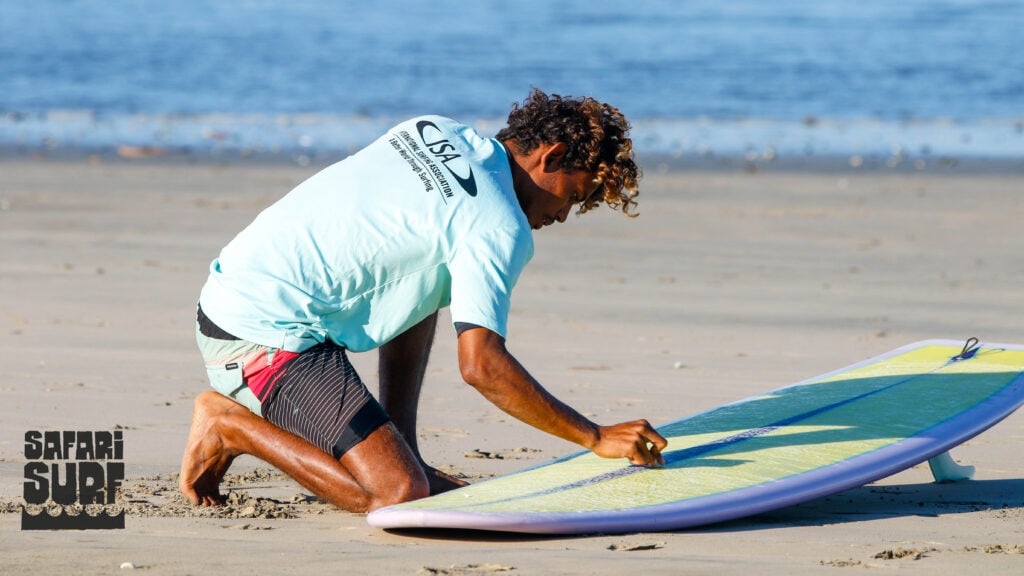
If you’re traveling to surf, understand that you’re a visitor. Locals will be more than happy to share waves if you show them respect. Respect the locals by not paddling straight out to the peak, waiting for your turn patiently, and giving off positive energy with smiles, hellos, and good mornings. As a visiting surfer in a new lineup, it’s always a good idea to watch a few sets before paddling for a wave to get a lay of the land.
Know When to Paddle Out (and when not to)
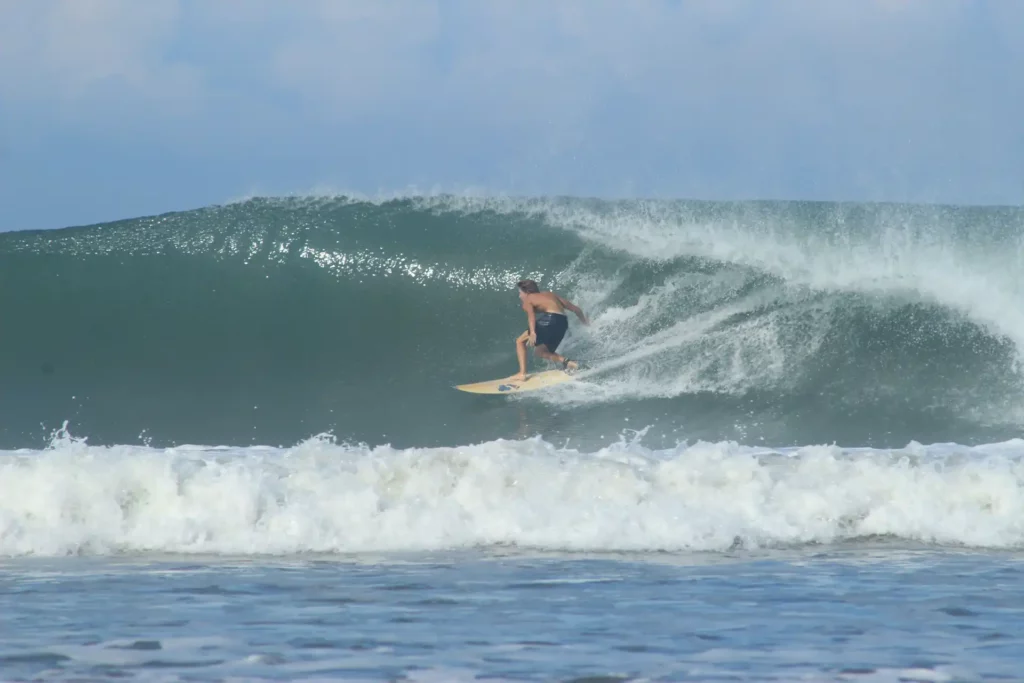
As a new surfer, it’s critical to understand your place in the lineup and your own limitations. Every surfer, even those with years of experience, has limits and knows when to stay on the beach. If the waves are out of your comfort zone, there’s no shame in not paddling out. Paddling out in conditions that far exceed your skill level will not only endanger yourself but those around you as well.
At our Costa Rica Surf School, surf etiquette is an integral part of our surf lesson program. We are in the business of creating lifelong, passionate surfers, not vacation photo ops. If you’re ready to learn to surf, head to our website to book your stay. Stay tuned to the Safari Surf School blog for more surf tips, travel news, and all things Costa Rica.




